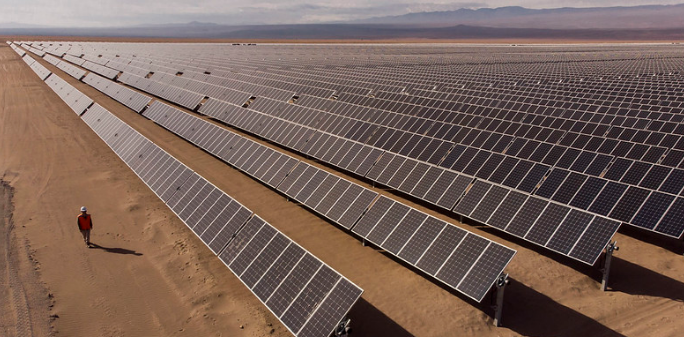
Source: Electricidad Magazine
“It is essential that the CEN continues to promote safe operation measures and continues to work on increasing the tools to address the variability of renewable generation,” says the monthly report of the consultant.
“The SEN generation tightness will pass as the unavailable plants return to operation and the infrastructure currently under construction is integrated. In this regard, Decree Decree N°51 will contribute positively to improve the situation of the electric system. As for the future, it is expected that in scenarios of low hydro availability and with an accelerated decarbonization plan, the capacity that will be incorporated to the SEN will not be able to appease the generation tightness margins during off-peak hours (19:00-22:00), leaving the system vulnerable to untimely failures. Therefore, it is essential that the CEN continues to promote safe operation measures and continue working on increasing the tools to address the variability of renewable generation”.
This is according to the monthly report of Systep Ingeniería which analyzes the scope of the preventive decree of the Ministry of Energy, pointing out that the current situation in the electricity system could improve if measures are taken to increase the availability of power plants.
“For example, the reincorporation of the Ventanas 1 thermoelectric plant proposed by the National Electric Coordinator (CEN), which was in strategic reserve status, is a measure along these lines, as it will contribute to base generation. Consequently, it is necessary that the withdrawal of coal-fired power plants be gradual, always considering the necessary backups to ensure the reliability of the system (safety and sufficiency). Otherwise, the system could be under stress in scenarios of water scarcity such as the current one, especially if 4,621 MW of installed coal capacity are withdrawn from service by 2025, as indicated in a Bill under discussion in Congress”, it is pointed out.
The document also states that the contribution of NCRE technologies “would not allow mitigating in its entirety the problem of generation shortage, since solar generation decreases or is null during the hours of greatest shortage of generation supply of the SEN (18:00 – 22:00) and wind generation is not always present in the peak hours of the system”, thus stating the need “to continue advancing in the strategy of flexibility considering the current scenario of the system and favoring a more flexible system”:00) and wind generation is not always present during the system’s peak hours”, so the need to “continue advancing in the flexibility strategy considering the current scenario experienced by the system and that favors the development of new capacity (conventional and storage) that can provide generation in a flexible manner” is affirmed.
And it is added: “NG and LNG appear as an option to remedy the tightness of generation that the system is experiencing today, thanks to its rapid response to increases in demand and its low emissions compared to other technologies. For this reason, it is important that the authority gives clear signals regarding the current Inflexible LNG legislation, respecting the different actors in the sector”.





